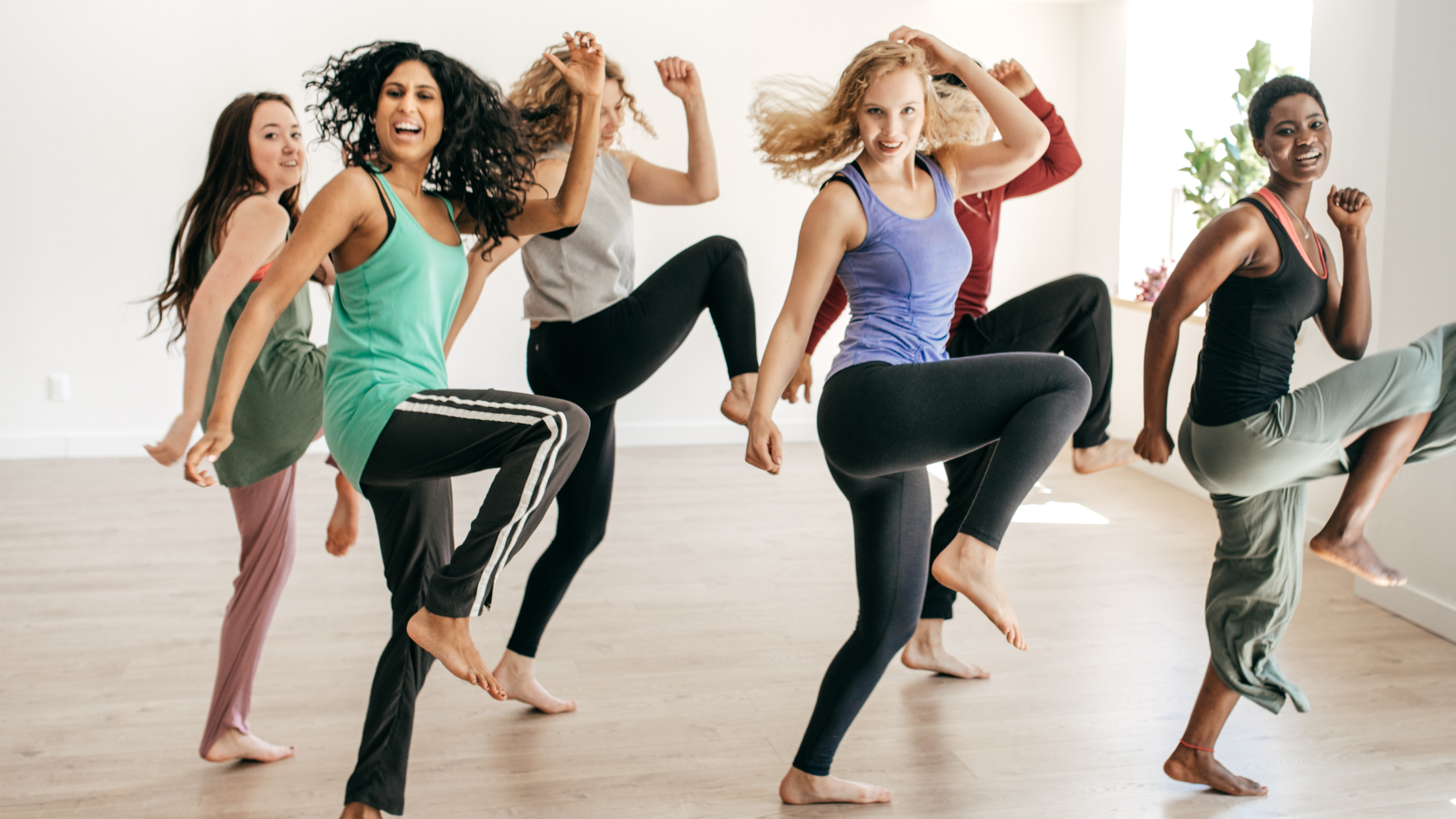
Regardless of whether you’ve just signed on to your local gym or have calluses on your hands from years of experience, chances are that you’ve pondered the same question as most of us: Should cardio come before or after you hit the weights?
A study from the Journal of Applied Physiology has shown that combining both cardio and strength training exercises is a powerful weight loss solution, so there’s no denying that applying both can have amazing benefits.
However, much of the fitness community remains in contention over how you’re “supposed” to perform them in order, if you were to mix them at all. Many people want to maximize their workout routine, but the timing of cardio and weight training can significantly affect their results.
Both approaches have their benefits and drawbacks, but to determine the best approach for you, it’s essential to consider your own fitness goals. Read on to find out what that might look like for your workout sessions.

Cardio Before Weights
The Good: Advocates of cardio before weight training believe that it can increase your heart rate and improve blood flow, providing more energy to prime your body for the weight lifting ahead. They also believe that light cardio sessions serve as a good warm-up, improving your cardiovascular endurance in the long run and reducing the risk of injury.
The Bad: Despite all the benefits that cardio can bring, overdoing it with cardio before weights can lead to fatigue during weight training, reducing your energy levels and potentially causing you to lift less weight. It may also lead to less muscle gain and potentially reduce the effectiveness of your workout. Gym-goers have notoriously warned us that too much cardio is going to “kill your gains”. But if your goal was to reduce weight while improving endurance, including more cardio might be aligned with your gameplan. You might want to look into functional exercises and HIIT.

Cardio After Weights
The Good: Those who prefer cardio after weight training argue that lifting weights first can use up your glycogen stores. This forces your body to burn fat instead as the next ready source of energy during your cardio session. Additionally, prioritizing your weight training can help you build more muscle, leading to increased passive fat burning and improving your overall body composition.
The Bad: Similar to doing cardio before weights, ramping up the intensity on the treadmill after an already challenging lift is not a good idea. You risk forcing your body to eat up muscle tissue for energy instead if you jump straight into an intense cardio session. You’ll feel fatigued during your cardio session, reducing your energy levels and potentially delaying recovery time. However, if your goal is to improve your body composition while building muscle, some light cardio after weights might not be the worst idea.
Tips for Cardio Before or After Weights
If you decide to do cardio before weight training, it’s important to warm up your muscles properly. Consider starting with a low-intensity warm-up exercise, such as walking or light jogging, for 5-10 minutes before increasing the intensity. Additionally, try to focus on aerobic exercises that help prime the muscle groups you’re targeting for your weight-lifting session.
If you prefer to do cardio after weight training, it’s important to cool down properly. This can help reduce muscle soreness and improve your recovery time. Consider stretching your muscles after your workout and performing low-intensity cardio exercises for 5-10 minutes to help your body transition to a resting state.
Aligning Cardio & Weights to Your Fitness Goals
The best approach to cardio before or after weights ultimately depends on your fitness goals. If you’re looking to build muscle and improve your strength, then doing weight training first may be the best approach. On the other hand, if you’re looking to improve your endurance and burn more fat during your workout, then doing cardio first may be the better option. It may be overwhelming at first, but once you found your groove, you’ll have more headspace to give it your all instead of stressing on questions like cardio before or after weights.
If you’d like to skip the guesswork and straight into what works specifically for your body, then taking a genetic test from CircleDNA can give you a strong start in your fitness journey. With DNA reports that tell you the types of exercises you’re best suited for, you can tailor your own workout routines with greater impact and better understanding of how your own gears turn.






